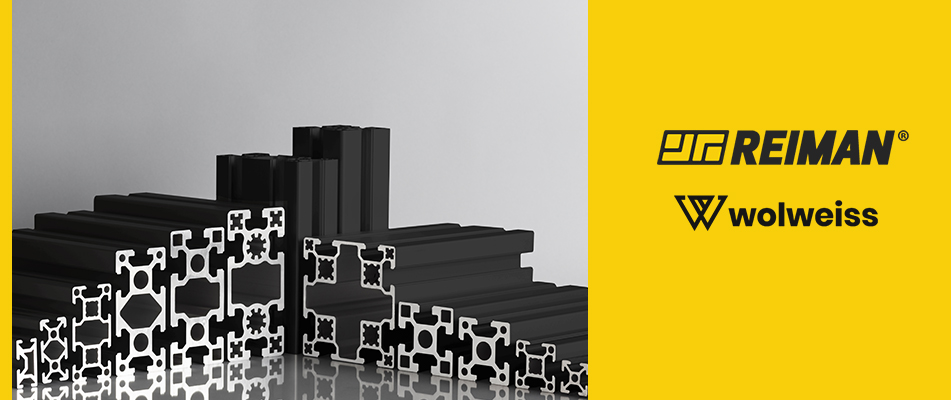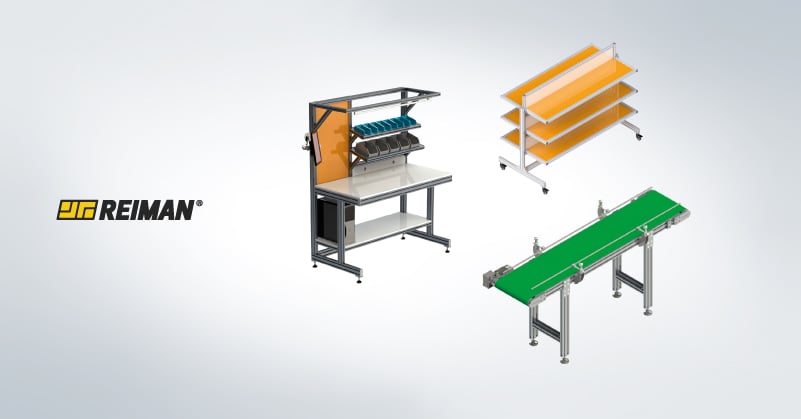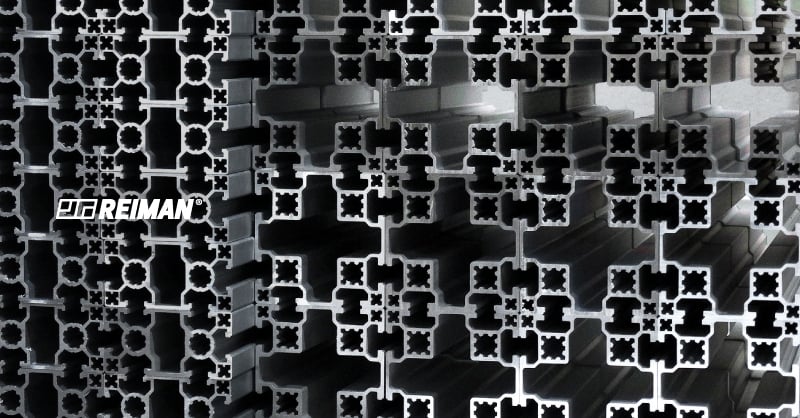We use cookies to make your experience better. To comply with the new e-Privacy directive, we need to ask for your consent to set the cookies. Learn more.
What types of Castors are used for Aluminium Structures?
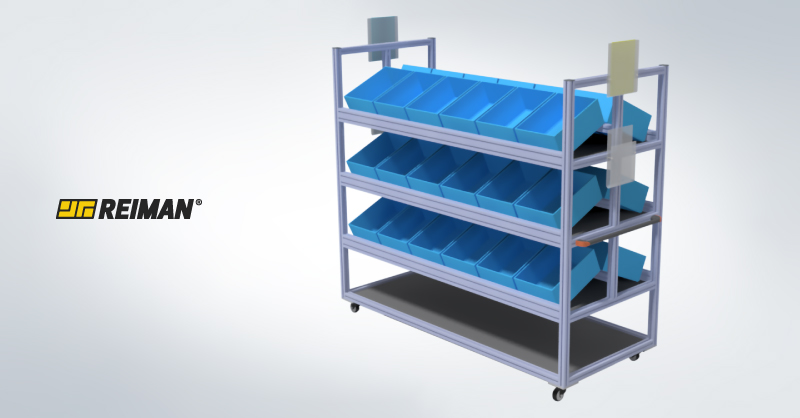
Technical profile aluminium structures with mobile characteristics allow for a presence and flexible function in various industrial production environments. Along with the lightweight nature of the structure, the mobility applied to these structures facilitates compliance and increasing production.
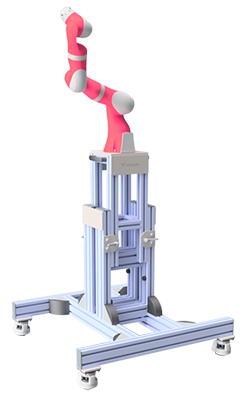
Robot Pedestals
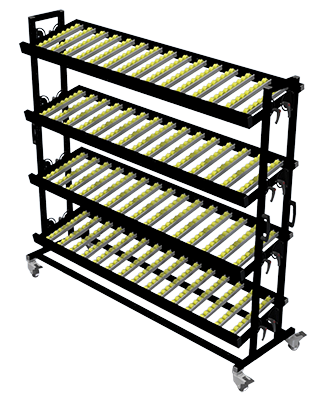
Mobile Carts
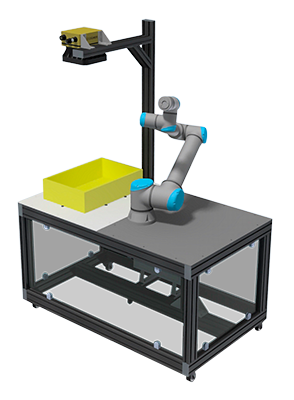
Cells with Collaborative Robots
In order for a mobile structure to meet the requirements for its intended purpose, Reiman offers various types of castors developed for different applications.
Swivel Castors
Swivel castors are frequently applied in industry sectors, suitable for many structures such as transport carts and mobile fastening tripods. The movement in swivel castors allow for a better structure mobility, due to the free handling provided by its shape. A structure can be made up of only swivel castors, but it can also be set up together with fixed castors.
The different types of swivel castors are distinguished by:
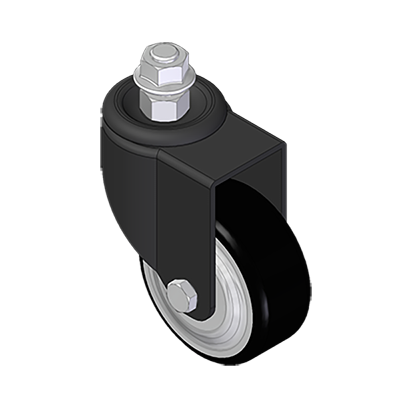
Universal Threaded Castor

Universal Threaded Castor with Brake
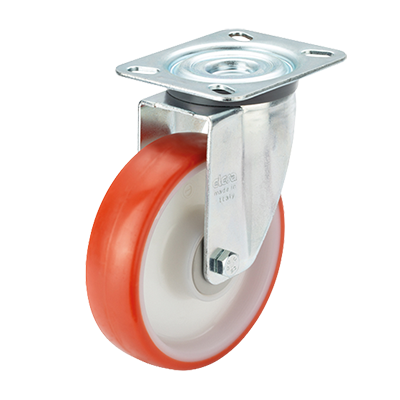
Universal Plate Castor

Plate Castor with Brake

Universal Heavy Plate Castor
Swivel threaded castors can be applied directly under the profile's end, however, if this type of castor is fastened under the face of a profile, the castor must be applied using a castor plate. With swivel castors with a base, depending on the project in question, the use of a castor plate may or may not be necessary.

Universal Thread Castor fastened in a structure
Plate Fixed Castors
Plate fixed castors are accessories used to ensure better mobile stability and reduce swinging movement in the structure. Normally, fixed castors are implemented together with swivel castors, but fixed castors can also form a structure without swivel castors, limiting the structure to carry in a straight line.
Apart from the regular plate fixed castor, there's also the heavy plate fixed castor and both of these fixed castors are made up of a fastening base, which means that, like plated swivel castors, the castor can be fixed directly to the structure or applied with a castor plate, depending on the project in hand.

Plate Fixed Castor

Heavy Plate Fixed Castor
Leveling Castors and Castors with Foot
Leveling Castors and Castors with Foot are a type of castor suitable structures that require more caution, like robot pedestals and mobile machines. These castors make it easier to handle the movement of structures, like swivel casters, as well as helping to level the structure due to floor irregularities, such as leveling feet.
Leveling castors are made up of a fastening plate. Depending on the project in question, the leveling caster can be fixed to the profile face directly or using a caster plate, and to the profile end or using a caster plate.
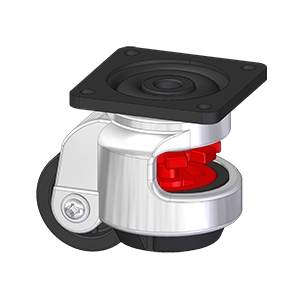
Leveling Castor
The shape of a castor with foot consists of a fastening plate that separates the castor from the leveling foot, forcing the latter to be fixed to the structure, not only by the profile end, where the leveling foot will be underneath, but also by the profile faces that form the corner of the set of profiles, where the rest of the castor's fastening plate will be fixed, thus supporting the castor that will be further away from the corner.

Castor with Foot

Castor with Foot fastened in a structure
In addition to the type of castor, it is also important that a castor is made from a material that is suitable for the intended application, which is why castors are made from polyurethane, technopolymer, rubber and duroplast.

